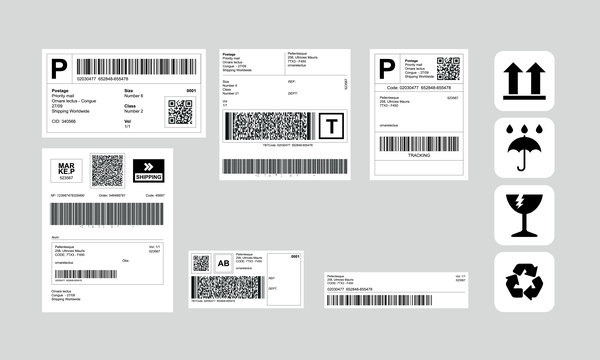
If you’ve ever made a mistake delineating freight class on an outgoing shipment, you know how costly your error can be. Reclassifications drastically increase the cost and may lose you any discounts or special rates that otherwise applied to the original (incorrect) code. It pays to classify things correctly the first time. It also pays to consider classification when you’re selecting a transportation partner — especially LTL freight providers.
Class Codes are their Own Language
Ask any veteran shipping expert about shipping class codes and they’ll rattle off a near-complete list of them. Shipping toasters and coffee machines? Class 125. Crated machinery? Class 85. A million ping pong balls? Class 500. It’s almost a second language, and one that’s vital to understand if you’re getting ready to choose a carrier.
The codex for shipping class codes has to do with the weight per cubic foot of whatever you’re shipping. Class 125 is 7-8 lbs. per cubic foot. Class 85 is 12-13.5 lbs. per cubic foot. Class 500 is low-density, or less than 1 lb. per cubic foot. There’s an entire charting of cubic foot pounds per code class that shippers need to be familiar with.

How Shipping Codes Correlate to Carriers?
Choosing the right shipping code is only the first part of the equation in getting your freight transported accordingly. You need to find a carrier to pick it up and haul it — and this could be more difficult than expected.
Not every carrier deals in broad freight. Carrier XYZ might not accept anything heavier than Class 70 freight. Carrier ABC might charge much more than other carriers for Class 250 and Class 200 freight. Every carrier has its own stipulations, rates, and capabilities, which makes it important to evaluate your options (and make sure your freight code is correct).
The best way to do this is to comb through your transportation management system (TMS) for applicable carriers — and to make sure your request for proposal (RFP) process for carriers is up to date. If you have a carrier in mind, you’ll want to know exactly what the cost will be before you approach them. If you need to find a carrier, you’ll need the correct information to solicit the right providers. Freight class matters in connecting your product with a provider who can haul it.
How to Move Your Freight Without Error?
The last thing you want is to end up with a freight coding error and the rippling headaches that come with it. Here are a few simple tips for not only selecting the right freight code but also choosing the right carrier to haul your product:
- Use true density to avoid conflicts between shippers and carriers.
- Consider handling and liability in addition to freight class rates.
- Check and double-check the bill of lading, or BOL, for the correct class.
- Make sure RFPs and carrier profiles are up to date.
- Pre-sort carriers by optimal freight class capabilities.
Take factors like density, storability, handling, and liability into account when coding freight. Then, find a carrier that can provide competitive rates on the class and types of product you’re shipping. If you’re going to turn to an LTL solution for moving product, make sure you’re taking the time to consider every variable, to make it worth your time.
